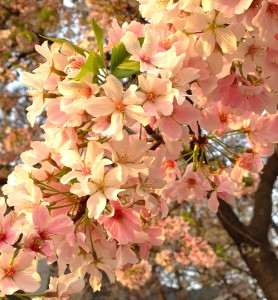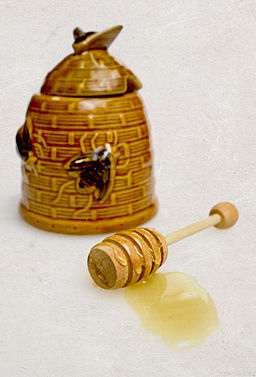It is rare that I write the words I plan to speak during Shabbat worship at my congregation – Beth Israel in Florence, SC. In any case, even if I knew the words in advance, I would typically wait to post my remarks until after the Sabbath was over. However, this week feels different: I wanted to share this meditation before Friday night, that others might use it, if they so wish, when they light the candles for Shabbat.
After lighting the Sabbath candles,
many people wave their hands in a circular motion three times
and bring their hands to their face when finished.
A beautiful interpretation of this practice
is that it helps us bring
the light and peace of Shabbat
into our neshamas (our souls), our homes,
and our families.
Most weeks, I appreciate this personal practice.
But this week feels different.
These past weeks have marked
the beginning and escalation
of the conflict in Israel and Gaza,
the terrors of ISIS in Iraq and Syria,
and the outpouring of unaccompanied minors in America –
refugee children from Central America –
escaping violence and hunger.
In ancient times when our ancestors suffered in Egypt,
their cries reached the highest of heavens.
Even when we differ as to the political solutions to these crises,
is it not true that these cries have reached us as well?
Do they not circle ‘round the world and pierce our hearts?
Do we not hear the cries from bloodshed and violence;
hatred and fanaticism; hopelessness and intolerance?
Have we not had enough?
(Ever mindful that we who have had enough
are mere onlookers, opining in the comfort
of our living rooms!)
Oseh Shalom –
You are the Maker of Peace.
Why is it that you don’t make peace here on earth?
Shalom Rav –
You are the God of Peace.
Place Your Great Peace
Upon Your children
Upon the world, our world, Your world!
I’m not an expert at peace-making.
I simply know that what has been,
has not been sufficient.
And that what will yet be
must be, need be, demands
something different.
It is not enough to send the light from the candles
into my neshama alone this week.
Not enough at all.
This week, I propose that as we kindle the lights,
all of us present (not only those lighting the candles)
take our hands and circle them
such that even as we bring the light into our neshamas,
we also send it out into the world –
out into this room, into this town, and beyond.
I pray that the light and peace of Shabbat
meet those cries that are circling ‘round this world;
that it meet those cries with open heart.
I know that such an action cannot alone bring peace.
But I know that without an open heart,
without the care and concern
of people all around the world,
without attention and love
there will be no peace.
We are taught that the Sabbath
is the great symbol of and teacher of peace.
These lights we kindle carry its promise.
I don’t know how peace will come.
But I know that it must yet be:
“Let it come
like wildflowers,
suddenly, because the field
must have it: wildpeace.”
– Yehuda Amichai







